Return-to-Office Efforts Fail to Boost Usage
Despite strides in bringing employees back, vacancy rates and utilization are stagnant, according to the latest CommercialEdge report.
Media attention on employer-mandated return-to-office policies has not changed office usage data, which remains largely unchanged as downsized office spaces continue to be the norm due to remote and hybrid work, the latest CommercialEdge national office report shows.

While some companies have tried to lure employees back with perks, these efforts have often failed. For example, Amazon’s CEO announced workers must return five days a week by January, while companies like Dell and Meta have introduced stricter policies. Despite these efforts, office vacancy rates and utilization remain stagnant.
Data from Kisi Access Control showed national office occupancy at 50.2 percent for the week ending September 30, with Illinois, Texas and Florida above average, while California, Pennsylvania, New York and Washington, D.C., lagged behind. Kastle’s Back to Work Barometer also reported office utilization at 51.4 percent, consistent throughout the year.
Though many CEOs predict a full return to the office within three years, actual leasing data tells a different story. While leasing activity is in line with pre-pandemic levels, average lease sizes have shrunk, reflecting continued reduced office demand, further impacted by sluggish job growth in office-using sectors.
READ ALSO: Innovative Solutions for Return-to-Office Challenges
In September, office-using employment sectors added 26,000 jobs. Professional and business services added 17,000 jobs, financial activities added 5,000 positions and the information sector gained 4,000 jobs. This was the first time since March that all three sectors experienced growth in a single month. However, over the past year, office-using employment has grown by just 0.4 percent, with a total increase of 149,000 jobs.
The national office vacancy rate reached 19.5 percent at the end of September, a 170-basis-point increase from the same time in 2023, according to CommercialEdge. As pre-pandemic leases expire, many companies are reducing their office footprint, causing vacancy rates to rise and increasing strain on the office sector. Markets with the largest year-over-year increases in office vacancy include Austin, Texas (up 660 basis points), Boston (610 basis points), the Bay Area (540 basis points), Denver (400 basis points) and Dallas (390 basis points).
In September, national full-service equivalent listing rates averaged $32.89 per square foot, an 11-cent increase from the previous month and a 3.6 percent rise compared to the same time last year. Some of the highest listing rates were seen in Manhattan ($67.93 per square foot), San Francisco ($67.32 per square foot), Boston ($57.98 per square foot) and Miami ($52.87 per square foot).
Office construction pipeline shrinks by a third
As of September, the office construction pipeline continued to shrink, with 68.5 million square feet underway, representing 1.0 percent of total inventory, according to CommercialEdge data. The pipeline decreased by nearly a third during the first three quarters of this year. While 37.5 million square feet was delivered, only 9.3 million square feet of new projects broke ground.
Boston led the activity with 11.5 million square feet under construction, accounting for 4.6 percent of its total stock. San Francisco followed with 4.7 million square feet, or 2.9 percent of inventory. San Diego and Dallas each had 4.0 million square feet under development (4.2 percent and 1.4 percent of stock), while Austin had 3.4 million square feet (3.6 percent of inventory). Miami also saw 2.8 million square feet under construction, making up 3.9 percent of its total stock.
Office investment year-to-date in September totaled $23.8 billion, according to CommercialEdge data. At the same time, the average sale price stood at $171 per square foot. Manhattan led the way in office sales, with $2.7 billion, followed by Washington, D.C., with $2 billion in transactions. Meanwhile, the Bay Area came in third, with a total of $1.8 billion in office sales.
Read the full CommercialEdge office report.

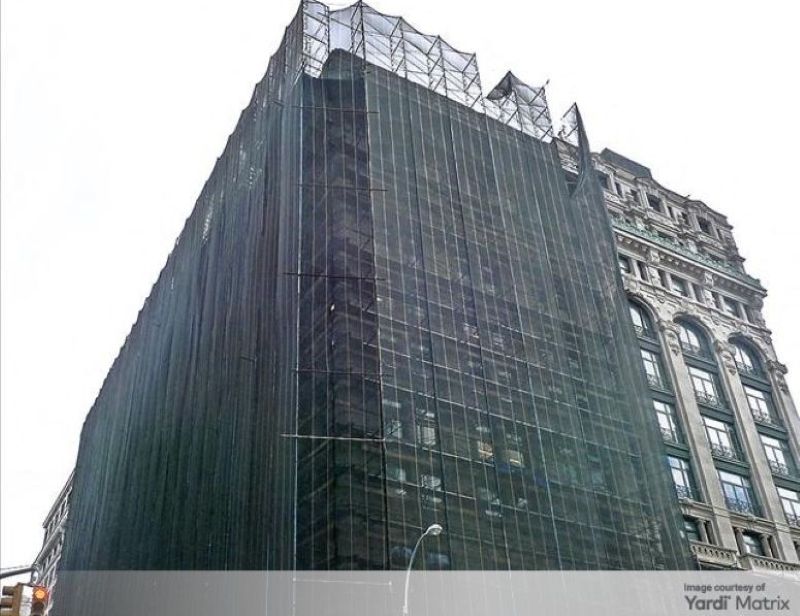
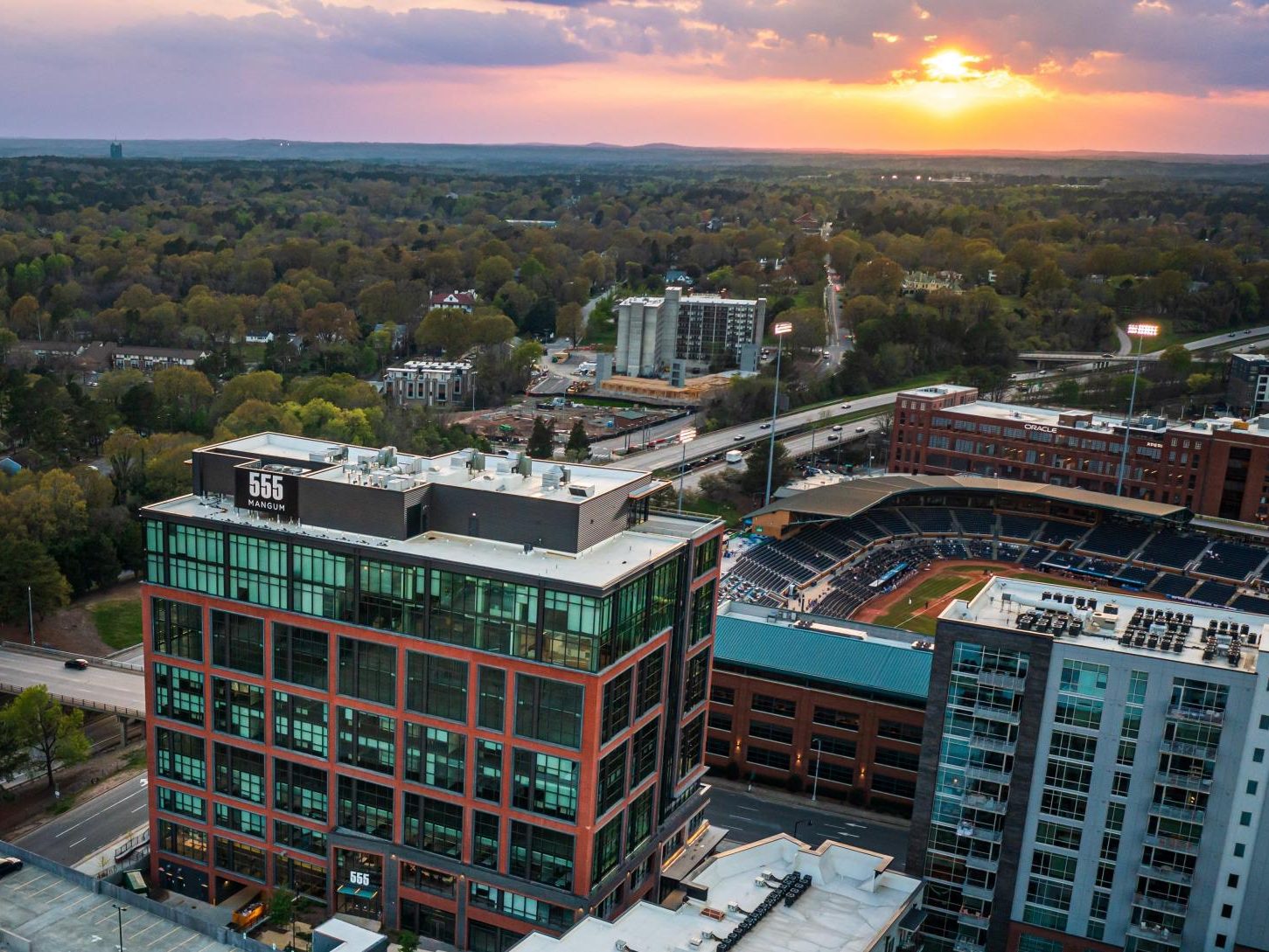
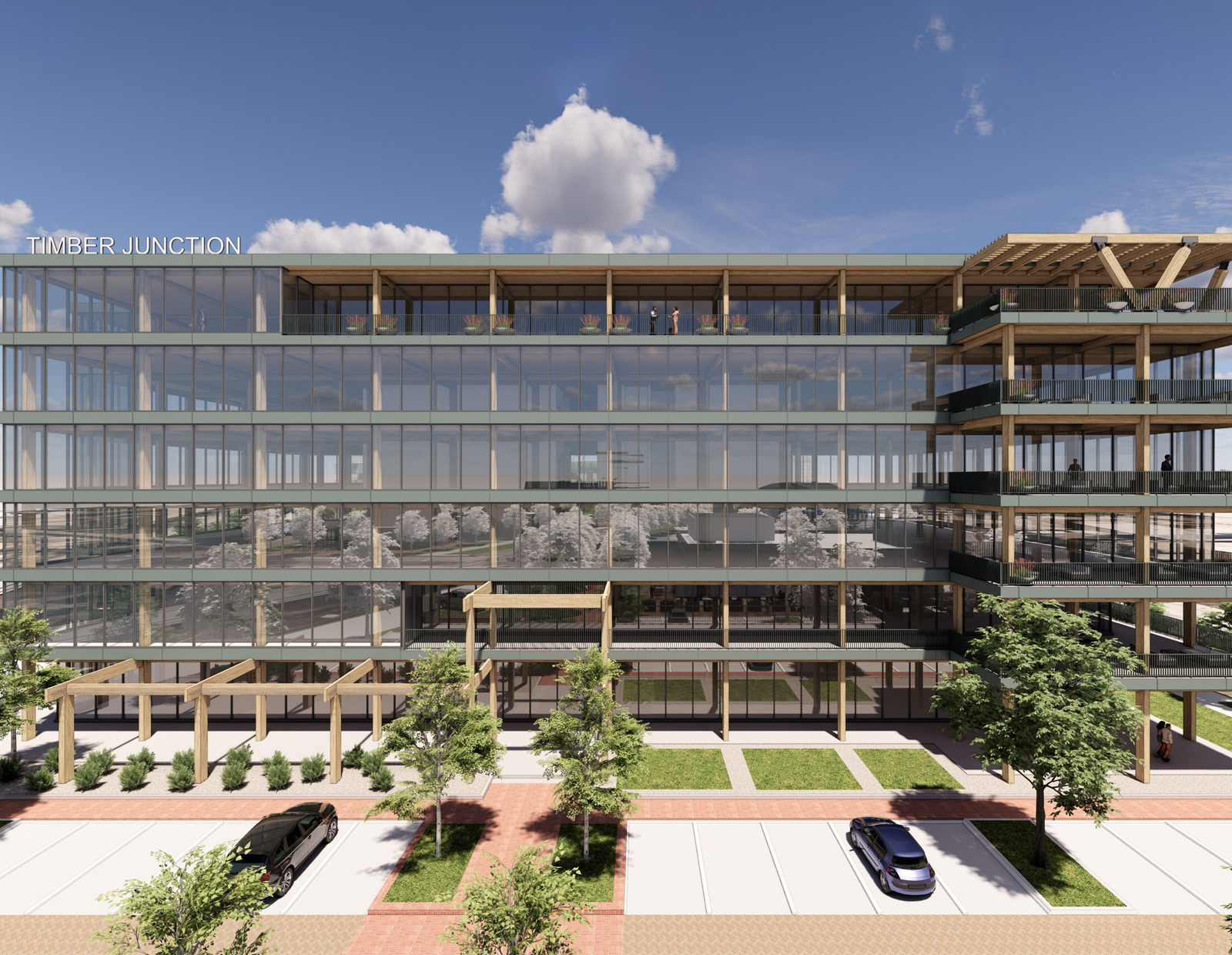
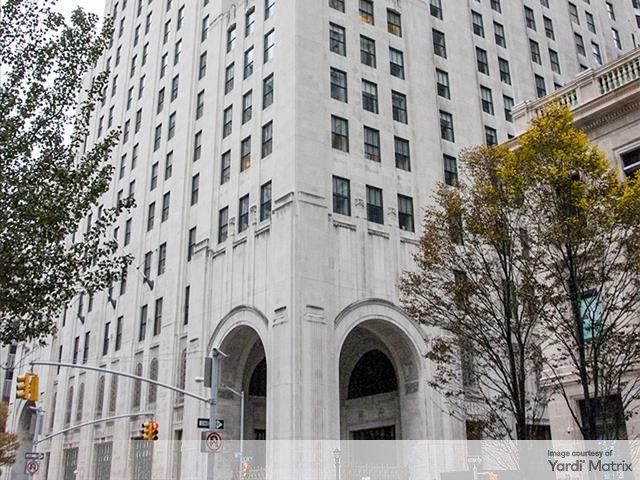

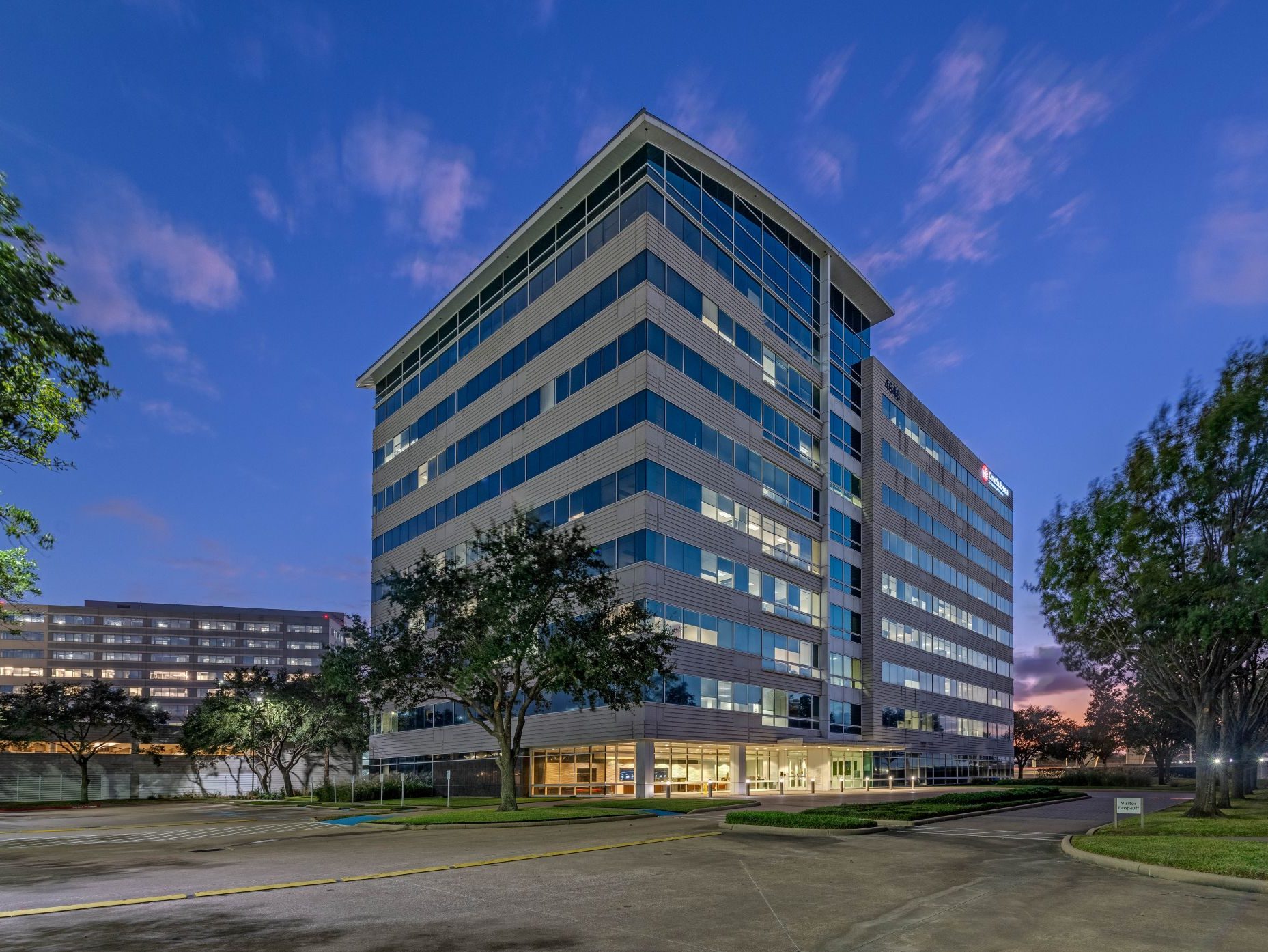
You must be logged in to post a comment.